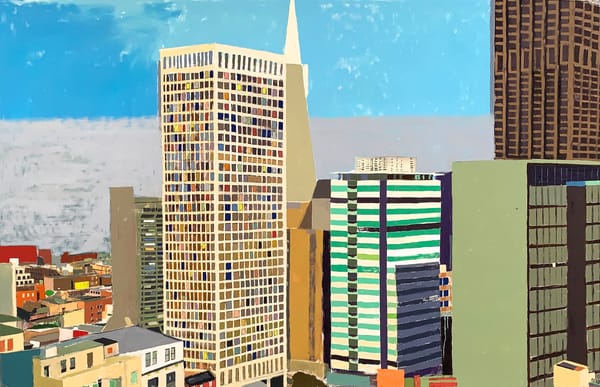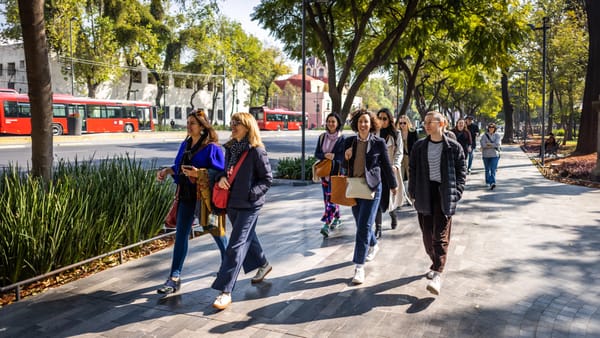A New Illustrated Database for Women Artists Spans the 15th to 19th Centuries
A Space of Their Own aims to compile the most comprehensive resource to date for information on female artists active in the United States and Europe during this time.
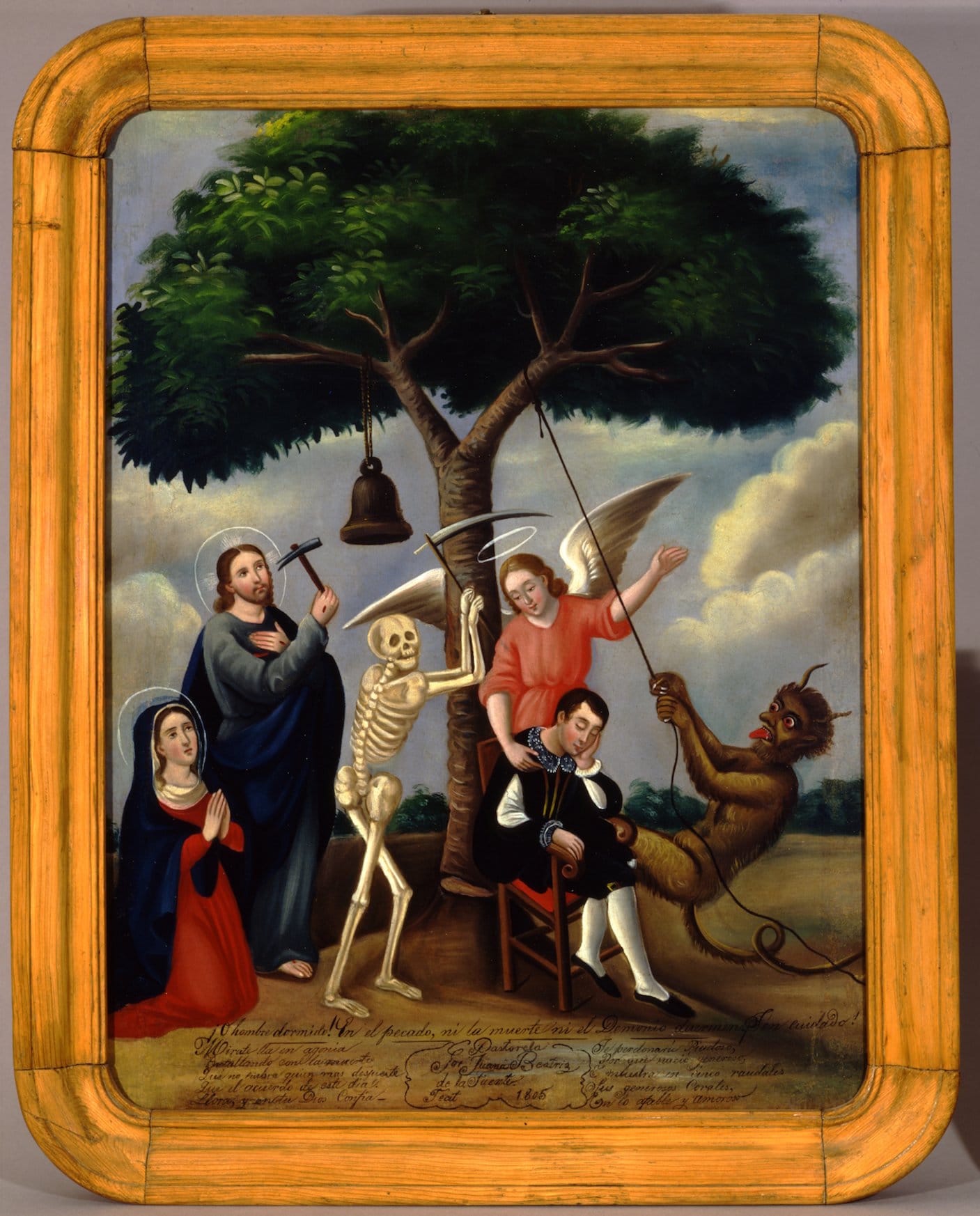
“A woman must have money and a room of her own if she is to write fiction,” Virginia Woolf famously said from a college lecture podium in 1928, in what later evolved into a major feminist book. Surely, those two amenities would facilitate the career of many a woman visual artist, too. But even the privileged combination of financial independence and a studio (plus talent, of course) hasn’t been enough to secure many female creatives a place in the pantheon of art history.
Take, for example, Italian Renaissance painter Sofonisba Anguissola. During her day she was praised by Michelangelo, hired as court painter to Spanish king Phillip II, and admired by Flemish artist Anthony van Dyck. Anguissola made it, supporting herself entirely with her art. But today, awareness of her work is limited to an esoteric bunch of Renaissance enthusiasts; she definitely isn’t a household name.
Which is why a team of researchers at Indiana University Bloomington is developing a dedicated platform to recognize Anguissola and her early modern cohorts, in the form of an illustrated online database called A Space of Their Own (the name a subtle nod to Woolf’s text). Created in collaboration with the Advancing Women Artists foundation (AWA) — a Florence-based nonprofit organization devoted to identifying, restoring, and exhibiting art by women in Italian museum storerooms — the project aims to compile the most comprehensive resource to date for information on female painters, pastellists, printmakers, and sculptors active in the United States and Europe between the 15th and 19th centuries.
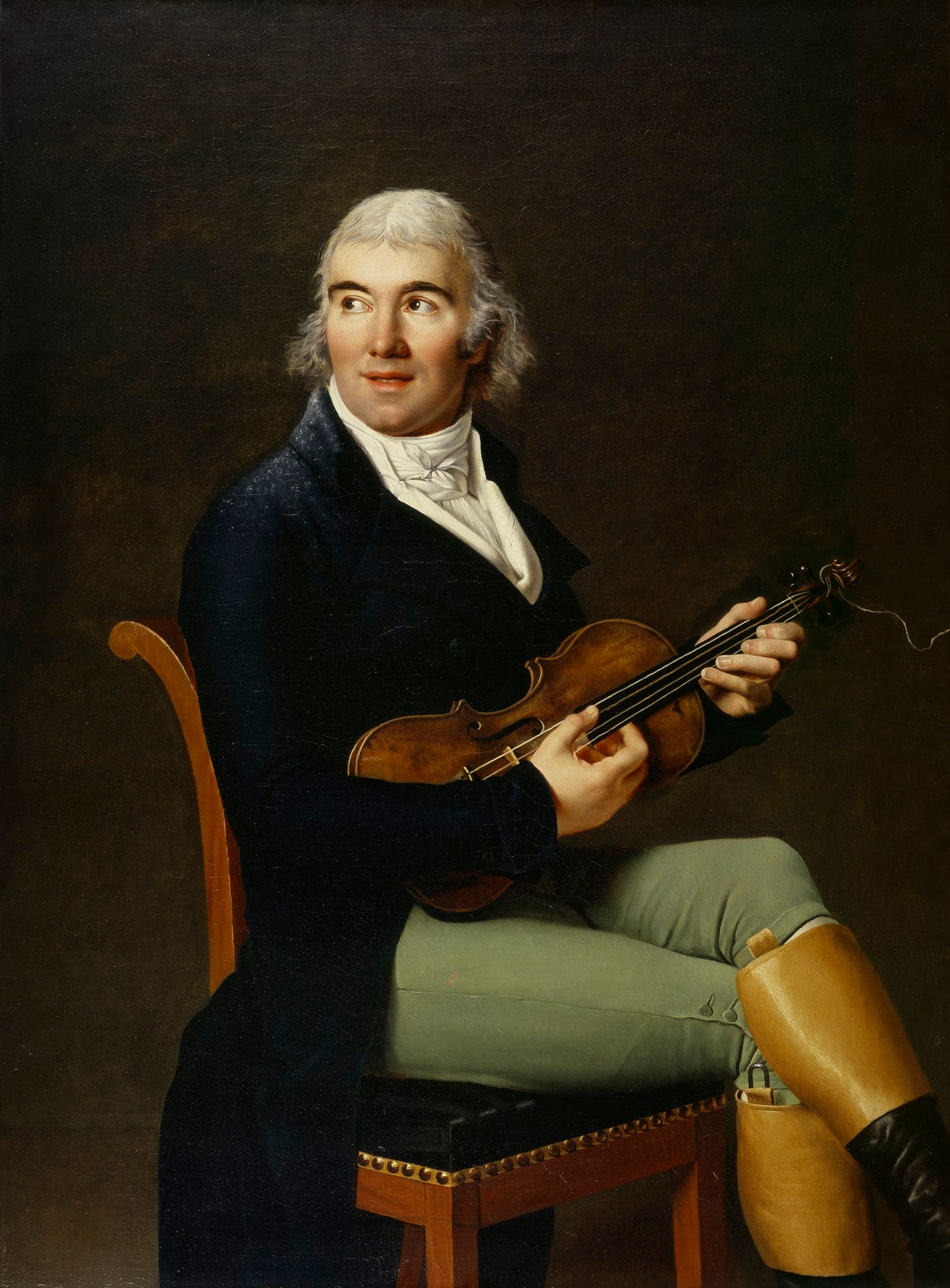
Other databases devoted to women artists do exist. Clara, launched in 2007 and named for Dutch still life painter Clara Peeters, catalogs 18,000 women visual artists of all time periods and nationalities based on the archives of the National Museum of Women in the Arts in Washington, DC, but it is not entirely illustrated and is no longer being updated. AWARE, a French nonprofit dedicated to restoring the presence of 20th-century women artists in art history, maintains an international index of female visual artists born between 1860 and 1972. And the Canadian Women Artists History Initiative compiles research about the widest possible range of historical women’s art in Canada.
But the team behind A Space of Their Own still believes there’s an unmet need to address. “[No other database will] cover as many women from all Europe, with as much information as possible including a robust bibliography and as large an image base as possible,” explains Adelheid Gealt, director of the project and an Indiana University art history professor specializing in 18th-century Venetian drawing. “We also hope to have a space in which scholars will contribute new information.”
Begun in 2017 and expected to launch by the fall of 2019, A Space of Their Own is the brainchild of the late Jane Fortune, founder of AWA. Fortune considered the project an outgrowth of her work researching and exhibiting under-appreciated Italian woman artists, and approached Gealt to direct the research.
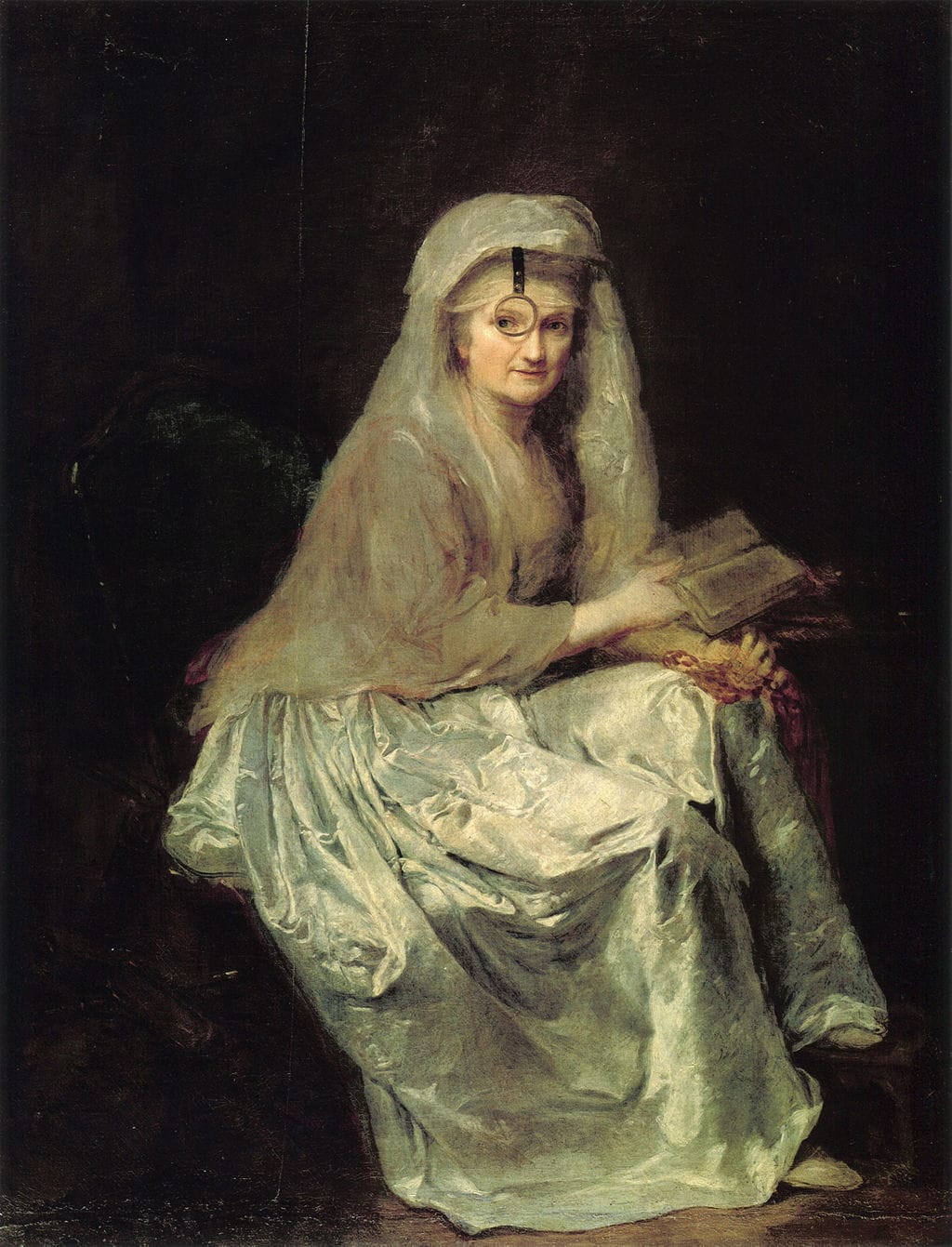
To date, the project has compiled a (continuously growing) master list of 643 individual artists, reached out to over 2,000 museums, and recently put out a public request for information on women artists in European collections. “When you start asking museums what works they have by women, it is surprising to find how few have this information at their fingertips,” says Linda Falcone, director of AWA. “The ultimate goal of this project is to raise awareness among museum executives first, and then for the general public. It does not end with the database. It begins with the database.”
Museums have already been forthcoming with information, surprising the researchers with names of barely known artists. That is how Gealt and her colleagues first learned about Césarine Henriette Flore Davin-Mirvault (1773–1844), a French portrait painter, and Sor Juana Beatriz de la Fuente, a late 18th-century nun and painter.
While not all the works that will appear in A Space of Their Own are boasted by their museums as collection highlights, it isn’t fair to assume that they’re collecting dust in distant warehouses, either. “A few museums have been sensitive about the assumption [that works are in storerooms] and they take great pains to mention that very few of their works are languishing in storage,” explains Jonathan Salvati, a doctoral art history student at the University of Indiana and researcher for A Space of Their Own. “A more common issue is having to have works photographed that have yet to be featured or illustrated on the museums’ website.”
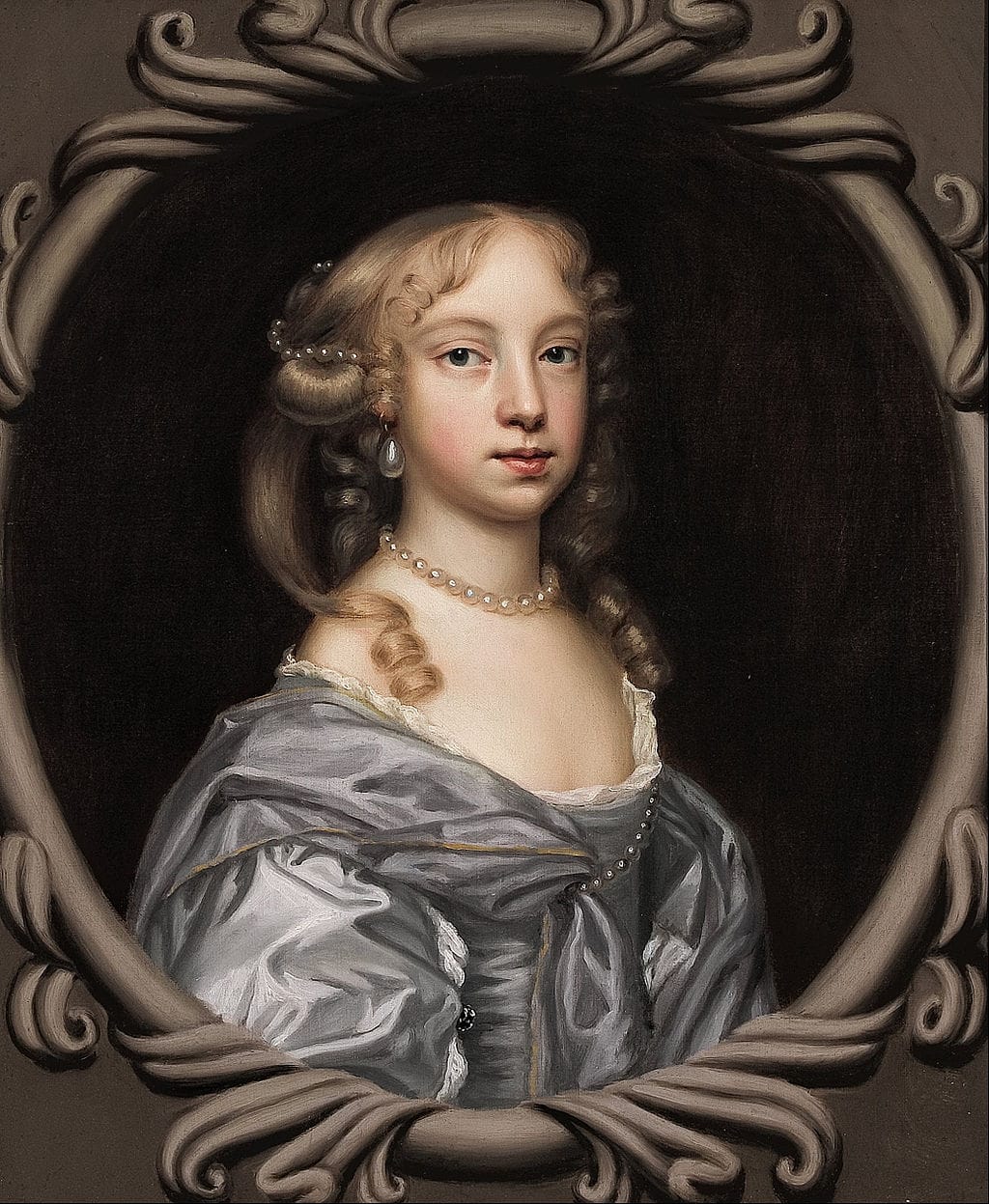
Quality images are important to the research team, who feel that widely accessible images will create opportunities for research about artworks that have long been rendered invisible for a variety of reasons. “Digital documentation is a huge part of the process,” explains Falcone. “One of the final goals is for it to become a reference for scholars worldwide where they can access for-study photographs of these women’s works available within museum collections in HD format.”
“As we compile really solid imagery and data, these women artists and the obstacles they overcame will be more accessible and I hope understandable and appreciated,” Gealt says. “So much digging has to take place on women artists like Agnese Dolci, Chiara Varotari, and so many others. So little is known and as we patch things together, more information resurfaces.”
“It’s slow going but so important,” continues Gealt. “Our hope of course is that over time, many of these women artists will return to the mainstream.”




